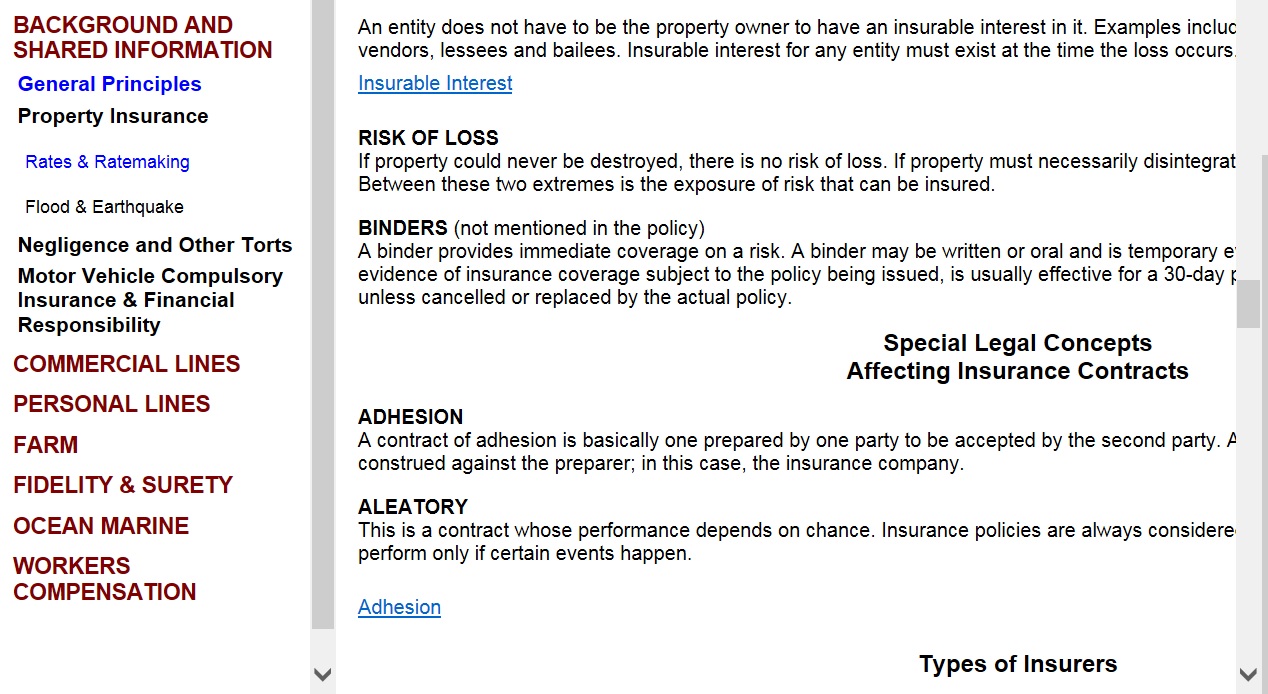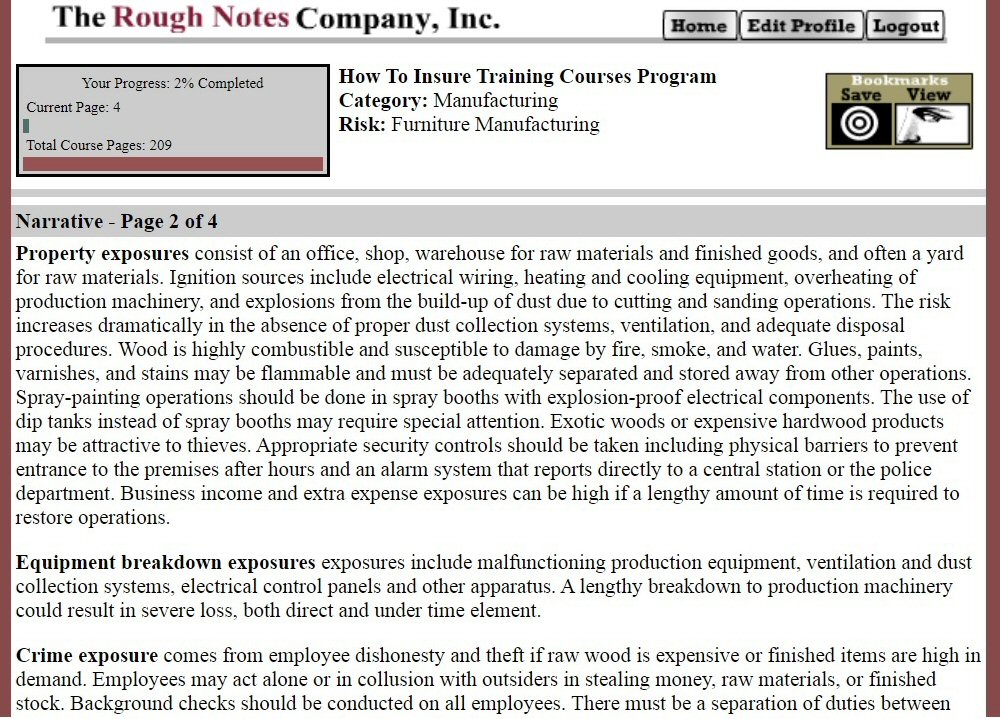A company that operated as a pallet manufacturer and a recycler suffered damage to outdoor mulch piles that smoldered and then caught fire in several areas. After disputing whether coverage was owed to the incidents, a lower court ruled that two of the applicable policy’s limits must respond to the loss. The insurer opted for a higher opinion.
Here is how the courts ruled.
Indiana Lumbermens lost a summary judgment after it was sued by Evergreen Recycle, L.L.C. Evergreen suffered a fire at its pallet manufacturing and recycling business. It reported a fire loss in February ’09 involving mulch that was contained outdoors. The agent chose not to report a loss at that point. Evergreen monitored its mulch piles, taking steps over several weeks to have its employees (assisted by the local fire department) monitor, soak with water, and redistribute its mulch piles in order to extinguish burning materials and to control future fire outbreaks. Nearly a month after the initial fire discovery, Evergreen’s owner insisted that a claim be made to Lumbermens.
Lumbermens denied the claim and Evergreen sued for breach of contract. Eventually the dispute was presented to a jury which found in favor of Evergreen and the insurer appealed.
In its appeal, Lumbermens argued that, based on its four points for denial (late notice, failure to protect property, failure to exhibit damaged property and neglect), it had no obligation to insure the mulch for the roughly $230,000 amount awarded by the lower court. The higher court reviewed the situation in light of the insurer’s additional argument that the policy should be reformed. Lumbermens contended that the wording and intent of its policy was only to treat the mulch as “Stock in Open.” This argument was due to the lower court also ruling that the mulch qualified for coverage under the policy’s separate limits for both “Stock in Open” and “Stock” (which was covered both within and outside of buildings).
The higher court reviewed the matter and was unpersuaded by Lumbermens reasoning. It decided that there was no justification to reform the Evergreen policy. In its view, the mulch qualified as stock as well as stock in open and the policyholder was entitled to recover under both policy limits. It also decided that Evergreen’s notice to its agent constituted notice to the insurer and was made in a timely manner. Several other insurer arguments including material misrepresentation were also reviewed and dismissed.
The lower court’s findings and its award was affirmed in favor of Evergreen. Evergreen Recycle, L.L.C., Appellee/Cross-appellant, v. Indiana Lumbermens Mutual Insurance Co., Appellant/Cross-appellee, v. Eck Agency, Inc., Appellee/Cross-appellant. Kansas Court of Appeals, No. 110,329. Filed May 1, 2015 downloaded July 31, 2019 from https [colon]//caselaw[dot]findlaw[dot]com/ks-court-of-appeals/1699563.html
 From the Insured’s Standpoint
From the Insured’s Standpoint
In the above case, as things often happen in coverage disputes, courts make decisions based on the unequal status that usually exists between policyholders and insurance companies. While policies are contracts, insurance companies have a natural advantage. Policyholders get the benefit of the doubt when given situations that affect coverage are not sufficiently clear.
Here is how this situation is explained in Gordis on Insurance:

 Show Me What’s Covered
Show Me What’s Covered
Most policies include guidance on how to determine what and how various property is covered. The ISO Commercial Property Program is no exception as critical information is provided via basic policy form. Consider the CP 00 10, Building and Personal Property Coverage Form. It’s section on covered property is instructive.
Read below to examine a section on determining covered property under the CP 00 10 in the PF&M analysis.
This analysis is based on the 10 12 edition of this coverage form. Changes from the 06 07 edition are in bold print.
INTRODUCTION
This coverage form opens by defining the terms “you or your” as the named insured and “we, us, and our” as the company that provides the insurance coverage. Named insured is not defined. As a result, it means only entities listed or named on the declarations. If a given entity is not listed, there is no coverage for its property except as personal property of others, if scheduled. This coverage form has other words that have special meanings. They are defined in H. Definitions.
A. COVERAGE
The coverage form obligates the insurance company to pay for direct physical loss or damage to certain types of property. The property must be at a location listed or described on the declarations. However, this is not open-ended coverage. The loss or damage must be the result of a cause of loss described in the causes of loss form attached to the policy in order for coverage to apply.
Related Article: Basic, Broad and Special Causes of Loss Forms Analysis
Coverage applies to only loss or damage that occurs at a definite place and time. There is no coverage for a loss event that is not tangible or that is not capable of being measured.
The reference to premises means that coverage applies to only property located in or on the premises listed or described on the declarations. This is why the declarations is a very important document. Coverage does not apply if the location and type of property is not properly listed or described.
1. Covered Property
Covered Property is defined in two ways. In the first, the coverage form lists the types of property eligible for coverage. In the second, it provides information on the types of property not eligible for coverage. One way to determine if an item is covered is to take the following steps:
Step 1. Is the item described in the listings provided under Building, Your Personal Property, or Personal Property of Others? If the answer is no, there is no coverage. If yes, continue to Step 2.
Step 2. Is there a limit of insurance on the declarations for the qualifying type of property? If the answer is no, there is no coverage. If the answer is yes, continue to Step 3.
Step 3. Is the item of the type of property described in Property Not Covered? If the answer is yes, there is no coverage. If the answer is no, this coverage form should cover that item.
Example: Lydia’s declarations has a $50,000 limit of insurance for business personal property. There are no other limits on the declarations. When Lydia has a loss, she determines the items that are covered by using the step method described above:
|
 Why We Ask For More Information
Why We Ask For More Information
It can be very useful to use different tools to assist in properly identify property exposures. We often suggest using questionnaires. However, while the use of questionnaires may be assumed to be intuitive, it makes sense to become more familiar with any background or rationale in their use. We offer a series of “How To” Courses that provide such information.
Below is an example from our Manufacturing course. It demonstrates that there is a method underlying why certain questions are important to ask:






